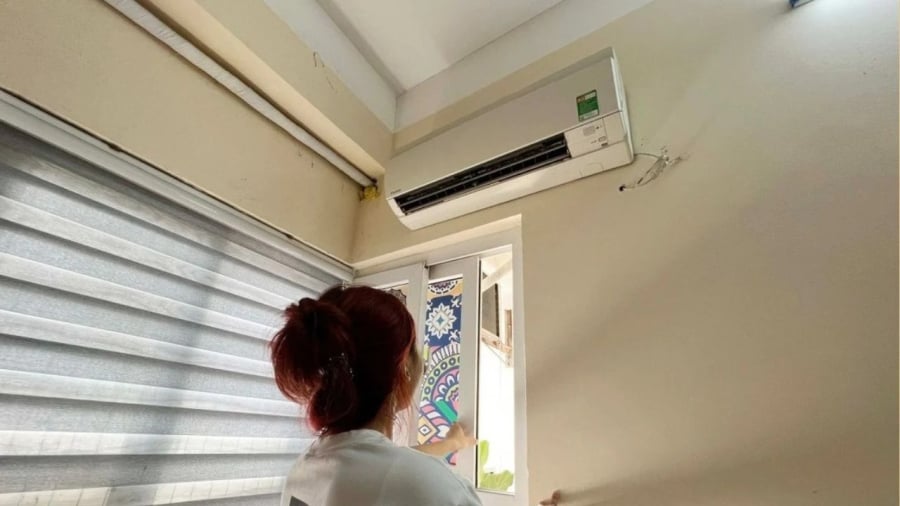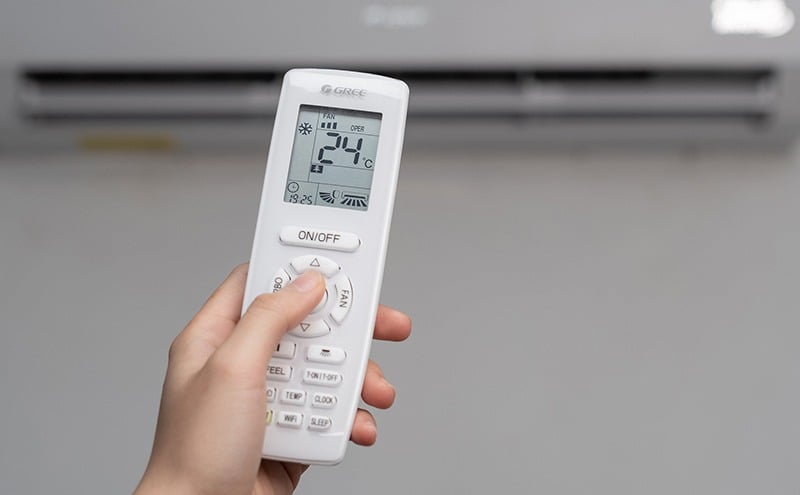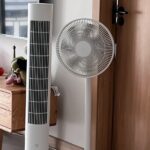Why You Shouldn’t Keep the Windows Completely Closed When Using Air Conditioning
Contrary to popular belief, the air in an enclosed room is not as clean as we think. Research shows that indoor air quality can be up to five times more polluted than outdoor air. Keeping the windows closed and running the air conditioner continuously for long hours or days can make the space stuffy and claustrophobic, increasing the risk of respiratory issues and fatigue, especially for children and the elderly.
Therefore, instead of sealing all openings, consider slightly opening a window or installing a fan to promote air circulation. Additionally, opting for an air conditioner with air purification functions or investing in an air purifier is a wise choice for long-term health benefits.

Tips for Using Air Conditioning Efficiently, Economically, and Safely
1. Combine the Use of a Fan: Running a fan at low speed helps distribute cool air evenly throughout the room, reducing the burden on the air conditioner, thereby saving energy and improving cooling efficiency.
2. Set a Reasonable Temperature: Instead of setting a very low temperature (16-20°C), maintain a room temperature between 24-26°C. This range provides comfort while being energy-efficient and health-friendly.
3. Prioritize Energy-Efficient Models: Air conditioners with Inverter technology automatically adjust their cooling capacity according to the actual room temperature, resulting in stable performance, reduced energy consumption, and extended equipment lifespan. This is a smart choice for households, especially during peak summer seasons.

4. Regularly Clean or Replace Air Filters: Dirty air filters hinder the performance of your air conditioner, leading to increased energy consumption and potential air quality issues. To ensure optimal performance and energy efficiency, clean or replace the filters every 2-3 months, especially during periods of high usage.
5. Avoid Sealing the Room Completely: While it is essential to close the doors and windows when using air conditioning to maintain the desired temperature, completely sealing the room is detrimental. Leave a small gap or periodically open a window to allow for air circulation, improving indoor air quality and preventing respiratory issues caused by stuffy environments, especially in bedrooms.
6. Utilize Curtains and Insulation: Drawing the curtains or using insulating panels during periods of intense sunlight reduces the amount of heat entering the room, lessening the burden on the air conditioner. This simple yet effective method helps maintain a comfortable indoor temperature while reducing energy consumption.






































